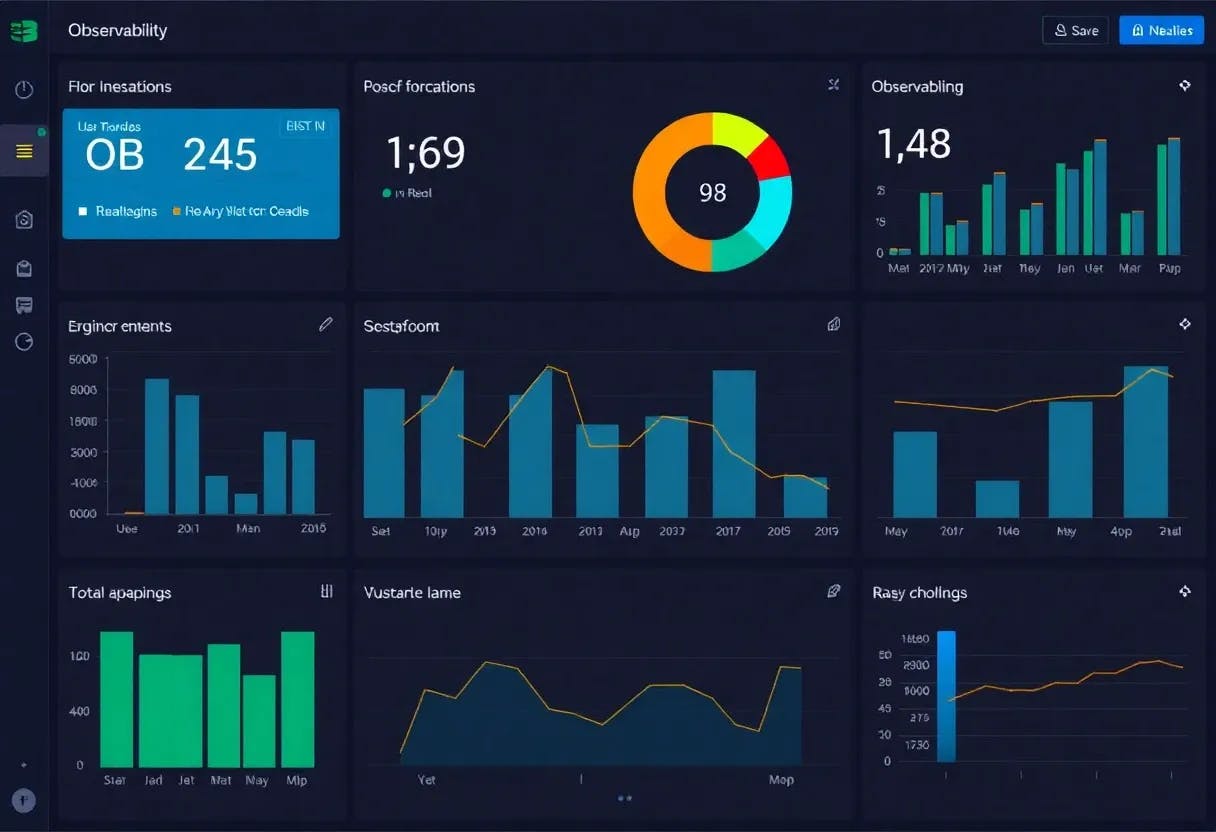CFDs Brokers Are Adopting Sustainability, but Are They Doing Enough? ⋅ Crypto World Echo
IG Group, CMC Markets, Plus500, XTB,and Saxo Bank are five major contracts for differences (CFD) brokers nowpublishing formal sustainability or Environmental, Social, and Governance (ESG)frameworks with recurring disclosures. But they are not alone in this track.Others engage mainly through client-facing sustainable investing content ratherthan firm-level ESG reporting.
Join IG, CMC, and Robinhood in London’s leading trading industry event!
Together, these disclosures emphasisegovernance oversight, climate impact management, responsible products andclient education, community investment, and transparent alignment withframeworks such as TCFD, GRI, and SASB, where stated.
But do such disclosures truly meanthese brokers are becoming sustainable? Or what does sustainability actuallymean for brokers?
Public Brokers Are Leading the Pack
“Focusing on sustainability” means thebroker maintains a named sustainability/ESG strategy or section on itscorporate site or annual reporting, with clear pillars, governance, targets, orrecognised frameworks.
London-listed IG Group, reportedly thelargest CFDs-focused brand, formalises sustainability under its Brighter Futureframework, which covers ethics, environmental impact reduction, social mobilityand inclusion, and community investment.
The broker is channelling 1 per centof profit after tax to community initiatives and recognition, such as FTSE4Goodinclusion. It made a net profit of £380.4 million in the fiscal year 2025,meaning over £3.8 million went to those initiatives.
CMC Markets, another local rival ofIG, runs an “Our Tomorrow” sustainability strategy governed by across-functional Sustainability Committee, informed by frameworks includingSASB, GRI, and TCFD, and structured into core pillars such as People Positiveand Planet Positive.
Plus500 discloses an ESG governancestructure (including Board-level oversight and an ESG Committee), referencesTCFD reporting, and outlines environmental impact expectations and a pathtowards net zero in investor ESG materials and annual reporting.
Poland’s XTB also competes with itsLondon-listed rivals and operates a published ESG strategy (since 2021) withthree pillars (Environment, Social, Governance), references UN SDGs, andprovides non-financial disclosures and a CSRD 2024 sustainability statement onits ESG and investor sites.
Private Brokers Can’t Ignore Sustainability
Although those are among the fewpublic CFDs brokers who also have some mandate to adopt sustainability, theprivately held ones are also not far behind.
Saxo Bank launched a firmwideSustainability Strategy in 2022 with strategic drivers such as “EnableResponsible Investing,” “Environmental Consciousness,” and “Future-FocusedBusiness,” and has integrated ESG risk ratings and themes into its client platformand content.
Many brands adopt ESG risk ratings forindividual stocks or indices, mainly due to the growing demand for sustainableinvestments among investors. This is also a widely accepted sustainabilitymeasure by most CFD brokers.
For instance, Pepperstone highlightssustainable investing topics through trading guides and thematic content forclients, indicating engagement with ESG themes without a dedicated firm-levelsustainability report.
Meanwhile, other big brands are alsotaking smaller and local measures towards sustainability. Exness, inpartnership with the Department of Forests, has initiated a plan to fightCyprus’s wildfire problem, which involves donating three specialised fire-detectingdrones, while Infinox has transitioned to a paperless operation.
But are those initiatives enough forbrokers who are often regarded as deep-pocketed firms spending millions ofdollars on marketing?
Sustainability is still in theadoption phase, and any step towards it, no matter how big or small, issignificant.
Some emerging brokers, however, havetaken a different approach to sustainability—they are building a brand aroundit. Ultima Markets is a broker that has joined the United Nations GlobalCompact (UNGC) and established a non-profit foundation for its long-termsustainability and social impact efforts. Will other private brokers followthis path? Only time will tell.
Global sustainable-investing assetsare about $30.3 trillion on a broad AUM basis, while ESG-labelled fund assetstotal roughly $3.5 trillion as of June 2025. Broad sustainable assets areprojected to surpass $40 trillion by 2030, indicating continued growth, thoughat a slower pace compared to early 2020s projections.
These numbers clearly show the growingdemand for sustainability among investors globally. It also means that demandfrom customers will push brokers to focus their strategy on sustainability,even if they are not driven by corporate vision.
This article was written by Yen Sim at www.financemagnates.com.





